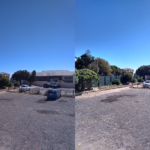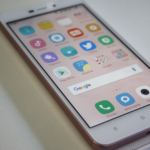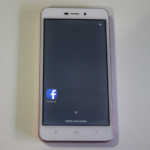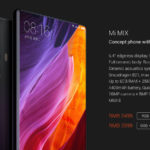Five years ago, launching a decent streaming platform took millions. Now? A teenager with a laptop can build something that reaches millions. That shift…
Xiaomi Redmi 4A review: The Little Budget Phone that Could
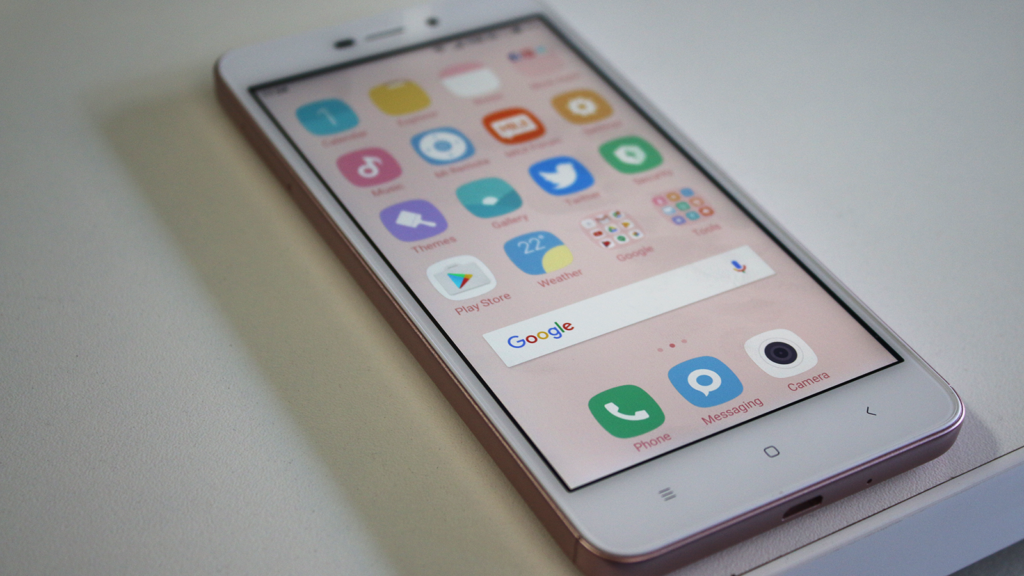
Xiaomi has consistently released phones that provide real bang for your buck and the Redmi 4A is no different. It may not have all the frills of a high-end Samsung phone — or even the Redmi 3 — but for R1 999, it does everything the average smartphone user needs it to and it does so with ease.
Sure, it’s got modest specifications, but Xiaomi’s Redmi 4A won’t ask much of you if you don’t ask much of it.
The hardware
The Redmi 4A is meant to be a cheaper, simpler alternative to the Redmi 3 and its internals revert to specs akin to the Redmi 2 Pro. The phone just beats out the internals of the 2 Pro — the only differences being that the older phone stores a 410 chip and 8MP camera.
The Redmi 4A looks almost identical to the Redmis before it, but two changes stand out. For one, the phone is completely plastic. Xiaomi have marketed the Redmi 4A as “ultra-light” — which it is — but paired with the plastic covering, holding it feels like holding a newborn. One wrong move and the beautiful rose gold goes cold.
The other noticeable difference is the lack of a fingerprint scanner — though you’re unlikely to find a phone in this price range sporting one. If you’re dead set on a fingerprint scanner, it’s probably best to up your budget or change your password.
Other than these, the phone comes out of the box much like any other in the Redmi range. On the front is the bottom bezel housing the home, back and multitasking buttons. The home button houses a notification light beneath it — shining beautifully against the white of the phone. It’s not hard to understand why Xiaomi has stuck to this look: it’s a sleek and unobtrusive aesthetic that works.
On the right hand side of the phone you’ll find the volume and power keys, and the left side holds the hybrid SIM tray. The headphone jack lives on top of the phone with the infrared blaster, and the microUSB port sits at the bottom. The phone hosts a 5″ HD display, and is the perfect size to comfortably fit in your pocket.
Key information
Dimensions: 139.9mm x 70.4mm x 8.5mm
Weight: 131.5g
SIM Type: 4G dual-SIM
Display: 5.0-inch, 720×1280p, LCD
Chipset: quad-core Qualcomm Snapdragon 425 | quad-core ARM Cortex-A53 at 1.4Ghz | Adreno 308 GPU | 2GB of RAM
Storage: 16GB expandable storage
Imaging: 13MP, f/2.2 aperture, LED flash | (Front) 5MP, f/2.2 aperture
Video: 1080p at 30fps
Battery: 3120mAh fixed
OS: Android v6.0.1 with MIUI 8
The software
Xiaomi is determined to keep that which is not broke unfixed. The Redmi 4A comes with Android 6.0.1 installed and runs Xiaomi’s traditional MIUI 8.
The system functions much as it does on other phones — with the aesthetics of iOS and the customisation capabilities of Android. If you’re looking for an iPhone-like experience without the cost, Xiaomi is the brand for you.
The operating system comes with a themes store like few others, meaning plenty of iOS duplicates and stunning original themes are at your disposal. Themes are one of MIUI’s biggest strengths — they offer skins for every kind of person and can be changed in under a minute.

Of course, not all themes are made equal, and I found none that were perfect. Some themes, such as the default one, made app icons look fuzzy (see above) and another vibrated three times every time I swiped to unlock. These are micro-issues to be sure, but if you’re looking for a seamless software experience, you may have to spend a while in the theme store.
Along with the store comes a fair bit of preinstalled apps as well. The phone arrives with apps like Facebook, Google and Swiftkey, along with all the standard gallery, music and weather apps. It sits at a solid medium in comparison to other Android devices.
The performance
The phone functions as you’d expect with its quad-core Snapdragon 425 and 2GB RAM.
An Antutu benchmark test produced a result of 36 191, placing it just outside the top 50. That’s a pretty lackluster score, even for budget territory. A GeekBench test did nothing to redeem the poor old Redmi 4A, resulting in a single core score of 660 and multi core score of 1725.
That being said, the phone was able to handle almost every game I threw at it. Both Subway Surfers and Asphalt 8‘s gameplay ran perfectly, though loading screens did take a few seconds longer than optimal. If you’re looking for a phone that can run graphics-heavy games seamlessly, this isn’t it. But if you’re able to overlook a few jumps during opening screens — with gameplay unaffected — then the Redmi 4A will do just fine.
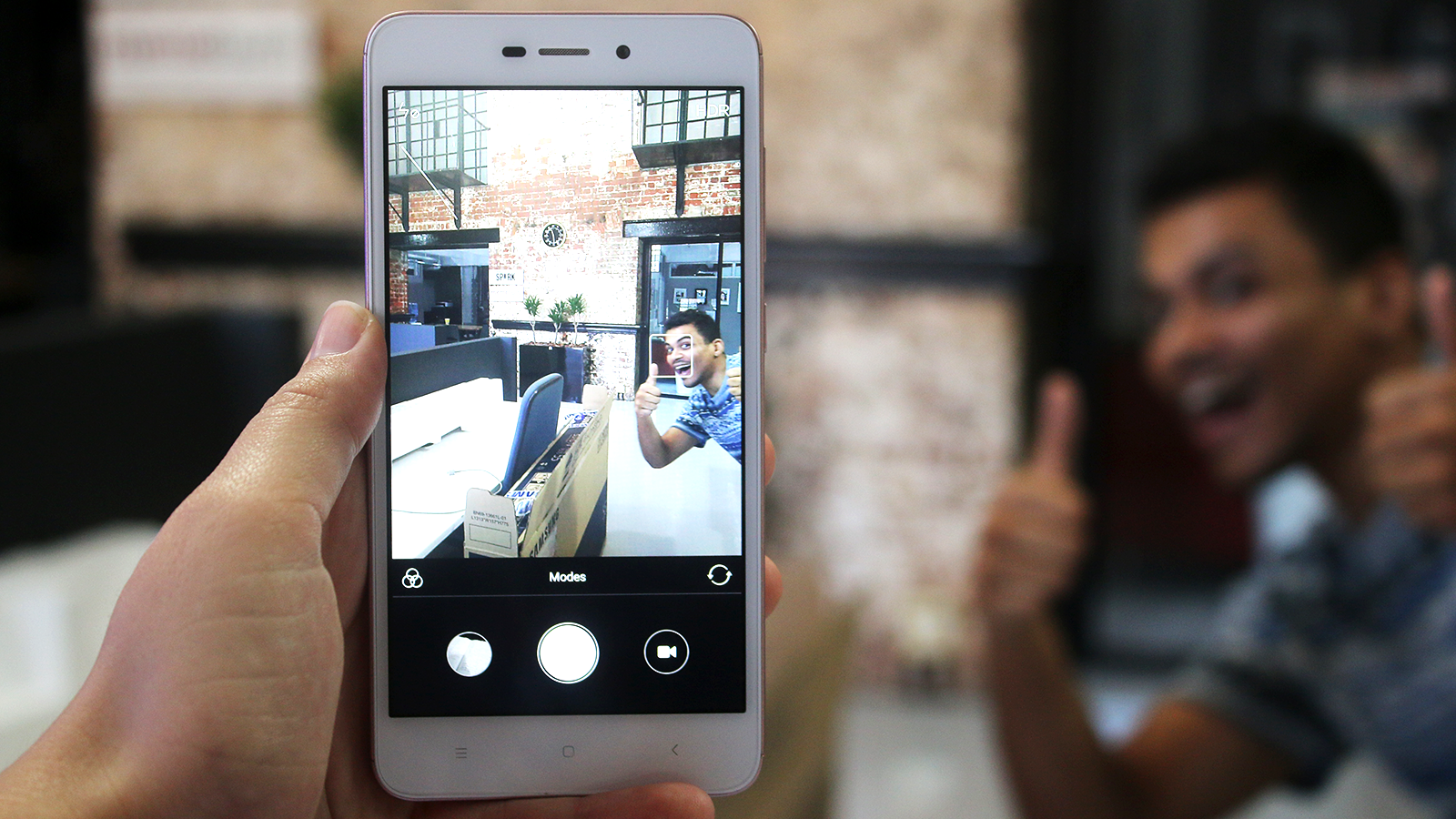
I was never left waiting when the phone handled all other standard apps like Facebook and Google Chrome. The 720p display meant I was able to watch the average YouTube video in high res without any hassle. The screen isn’t the best on a smartphone by any measure, though, and I did hit an issue when using Instagram.
From edit to share, the picture I wanted to post was distorted and pixelated. When I checked the image on a PC and my Samsung Galaxy S5, the picture was clear. In the phone’s defense, I didn’t check Instagram for an update, so it may be an app issue (especially considering the picture was unaffected in the gallery.) But if Instagram is of high importance to you, perhaps ask to test out the phone before investing.
Perhaps most impressive about this Little Budget Phone That Could is its battery life. Xiaomi’s Redmi 4A comes built with a non-removable 3120mAh battery, sitting smack bang between the 2 Pro’s 2200mAh battery and the 3’s 4100mAh. And it holds up. To test the phone’s power I ran a video playback test — playing a twenty second video clip on repeat with WiFi, mobile data and full brightness all enabled. The Redmi 4A lasted almost eight hours, which is staggering considering that, on average, tested phones give up around the six hour mark.
The camera

Redmi 4a Sample 1
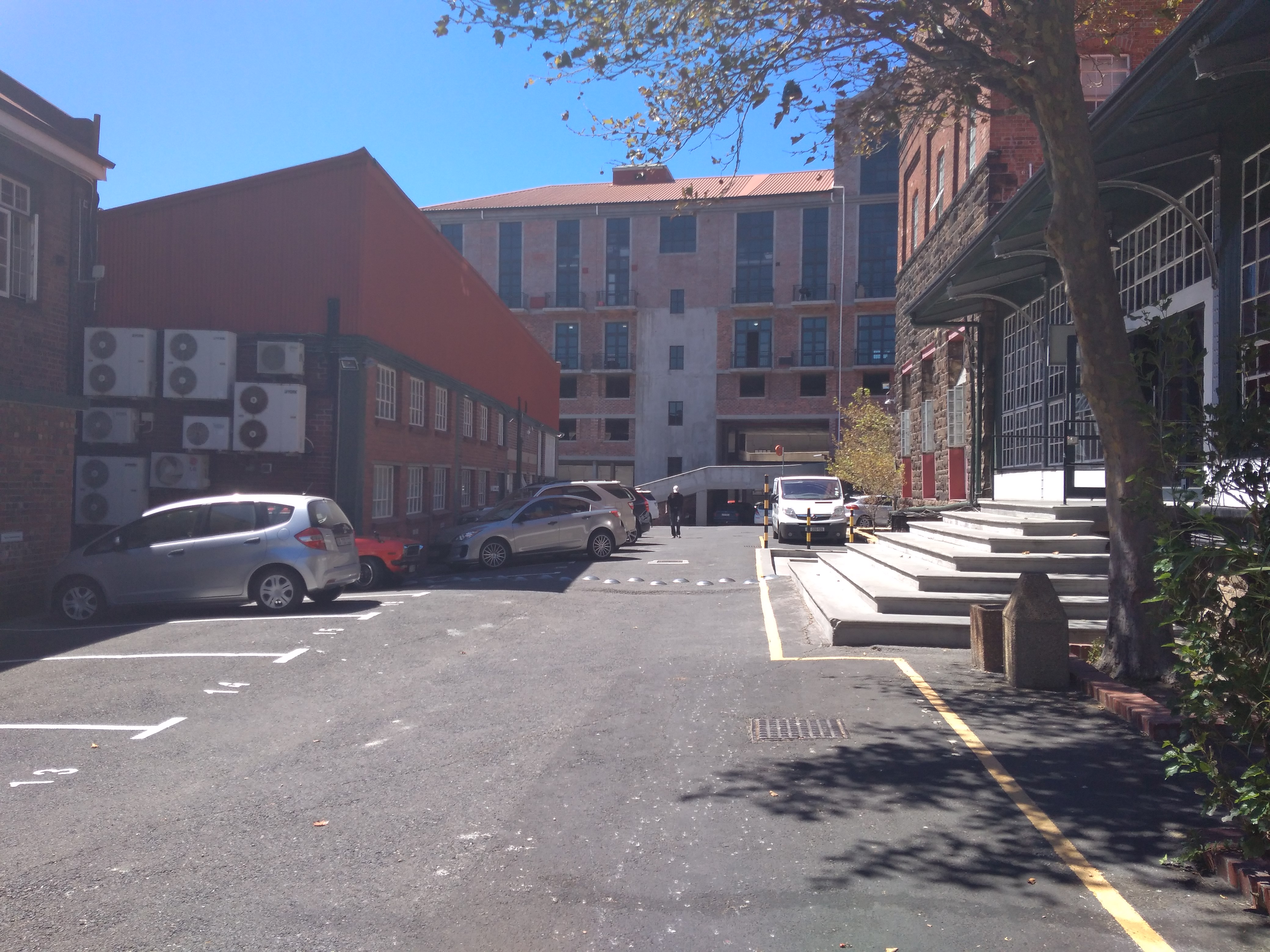
This was taken with the normal camera settings -- note how direct sunlight makes it look "faded"
Redmi 4a Sample 2

Taken with the "backlight setting." The colours are now neon and the quality is substantially diminished
Redmi 4a Sample 3
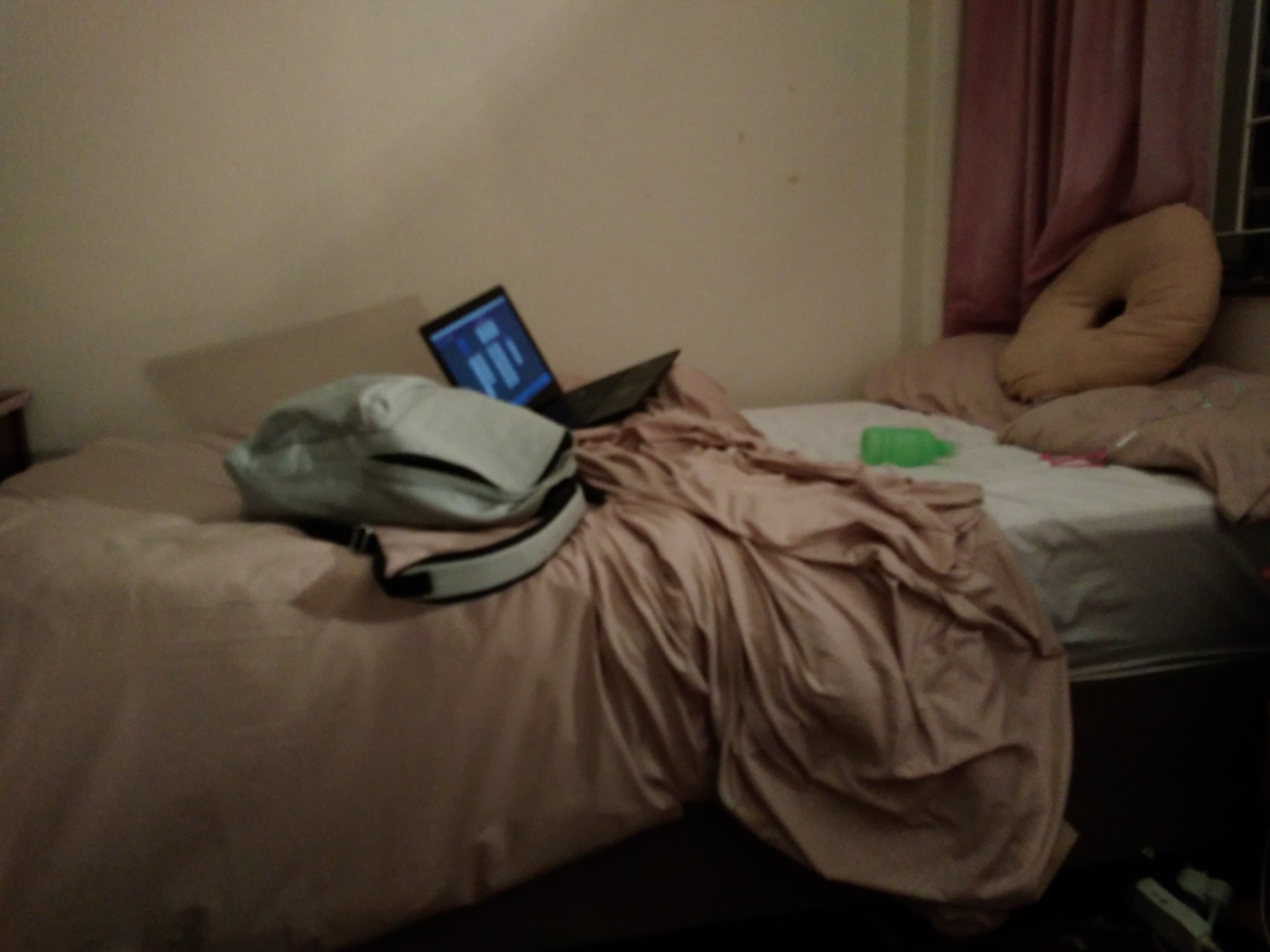
Low light is average -- visibility is good, but auto focus lacking again
Redmi 4a Sample 4

Normal camera settings (left) vs HDR (right)
Redmi 4a Sample 5

Taken with standard settings.
Redmi 4a Sample 6

Taken on "landscape." No matter how often I tapped, the camera refused to focus.
Img_2703
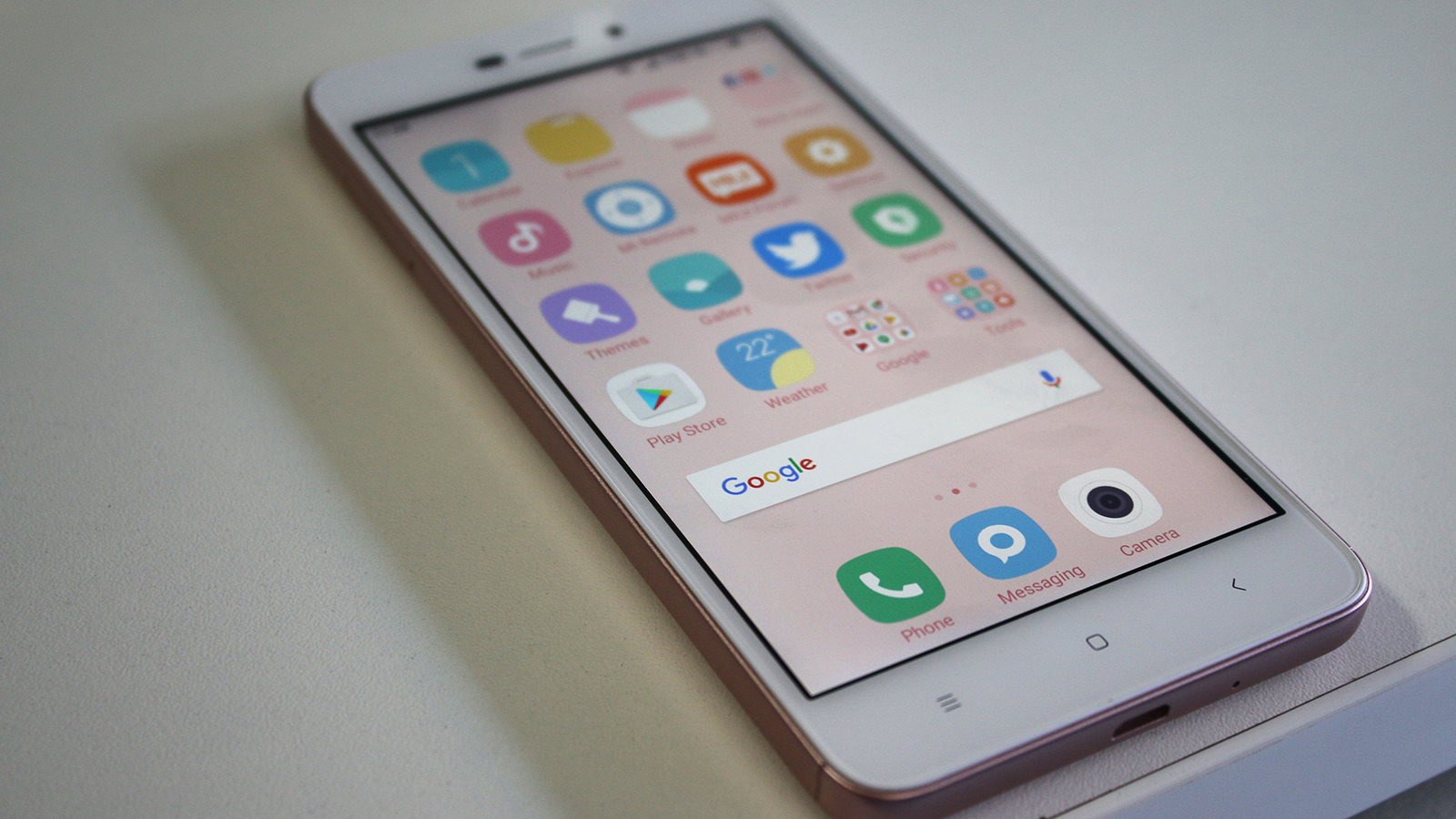
Img_2702
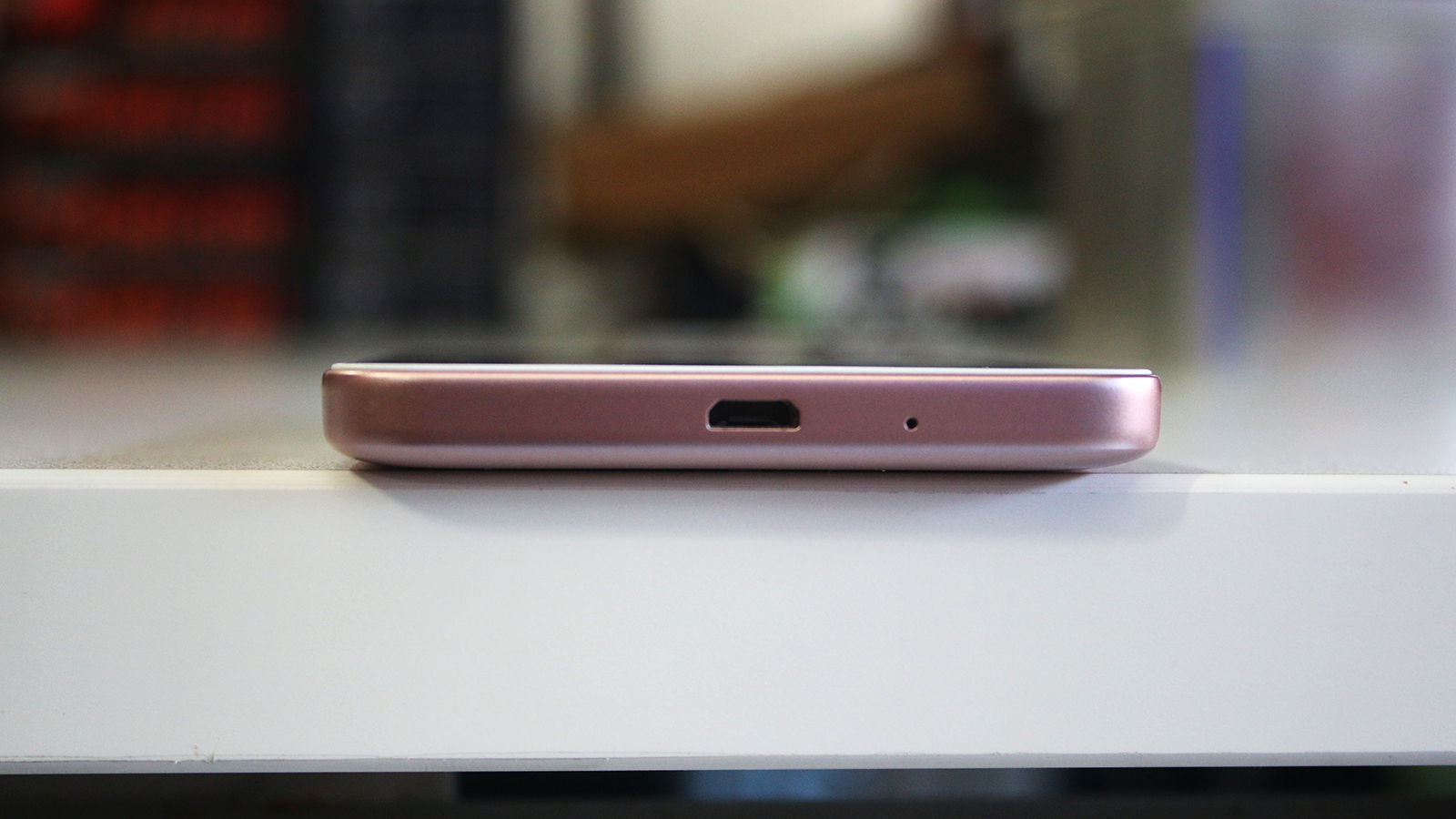
Img_2706

Img_2709

As with most smartphones, when the price is low, so too is camera quality. The 13MP rear camera is nothing to write home about, and the features Xiaomi has included are strange to say the least.
The camera offers multiple modes for photography, including panorama, timer, beautify, scene and manual — which sounds fine until you try to use them.
The first feature to stupefy me was the face recognition (which works as it should) paired with age recognition (which does not). For the life of me I can’t understand why they would include this (surely you know at least the ballpark ages of all the people around you?) and only worked to insult rather than educate or entertain.
Though this is a minor annoyance, there are issues that affect the actual images. Within the scene mode are options like landscape, fireworks and beach. While these scenes often help with colour and exposure, many do not allow you to tap to focus — and the auto-focus is horrendous.
All-in-all, the Redmi 4A’s camera left a lot to be desired.
Verdict: The Xiaomi Redmi 4A is a stand-out in its budget territory. Its a sleek and stylish phone — and what it lacks in frills, it makes up for in great battery life and processing power that gets the job done. Its biggest failure is its camera, but if you’re only looking to pay R1 999, perhaps its time to get friends with iPhones who can document your lives instead.
Score: 8/10




